Despite how advanced technologies shape our lives, some experiences or things just feel better when held in hand or seen firsthand. For example, no matter how widespread virtual alternatives may become, physical card printers still have a place in our world for printing invaluable items like employee badges, business passes, or membership cards.
This article will discuss what a plastic card printer can do, its global market potential, and how to choose the right type of card printer to sell in 2025.
Table of Contents
The worldwide market outlook for plastic card printers
Choosing the right plastic card printers to sell
Upgradability and various budget options
Security features and durability
Connectivity and ease of use
Top plastic card printers
Direct-to-Card (DTC) printers
Retransfer printers
Inkjet card printers
Card printing done right
The worldwide market outlook for plastic card printers
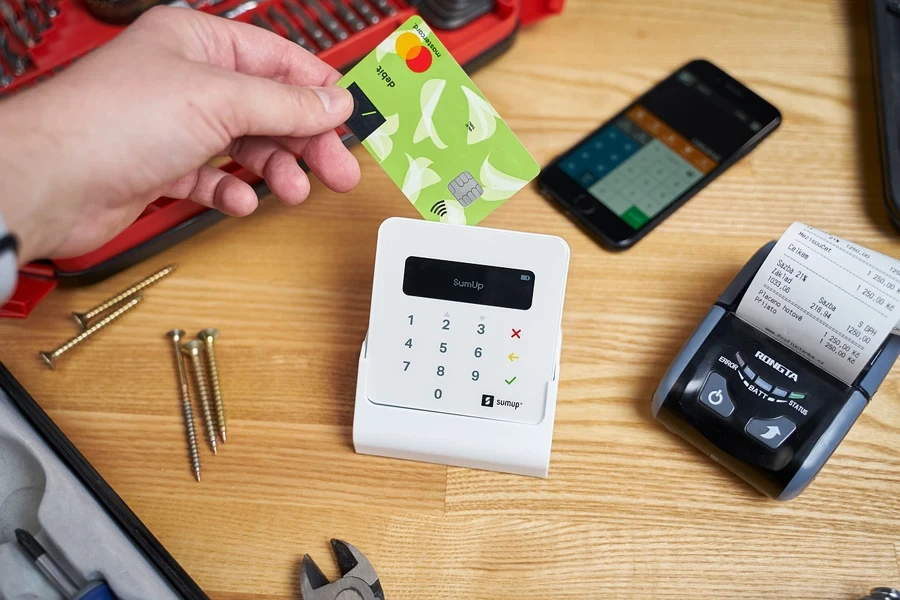
Plastic card printers, sometimes simply referred to as card printers or card plastic printers, are specialized printers designed to handle plastic surfaces rather than traditional paper. Due to their ability to work with rigid plastic cards, they are also commonly known as ID card printers or badge printers. Using specialized printing techniques, such as dye-sublimation and retransfer printing, these printers ensure ink adheres properly to the plastic surface, allowing a long-lasting, high-quality finish.
At the same time, many of these printers also include encoding capabilities that enable them to embed data and information onto cards through magnetic stripes, barcodes, smart chips, contactless chips, or RFID tags. The end results of these encoding technologies mean that they are more than simple photo ID printings; they also allow for data-intensive applications like access control and secure identification.
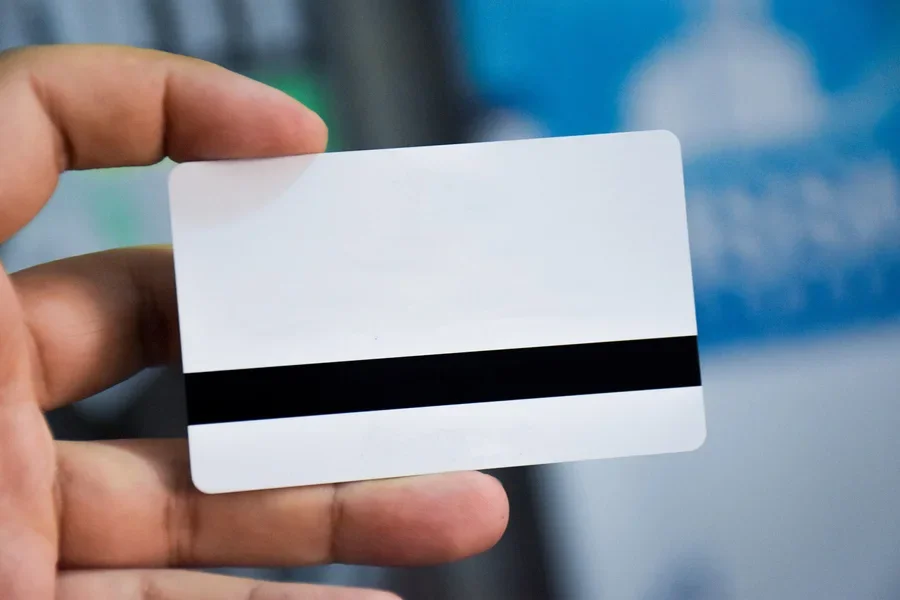
In terms of security, plastic card printers often also offer advanced visual security features that add an extra layer of protection against counterfeiting and enhance card authenticity. Altogether, these encoding and security functions enable plastic card printers to produce secure, multipurpose cards like employee IDs, access control badges, transit passes, membership cards, and even debit and credit cards from banks.
With such diverse applications, it’s clear that plastic card printers can continue to play an essential role in producing high-quality ID cards with secure identification and verification solutions. The global market for card printers is expected to grow steadily at a compound annual growth rate (CAGR) of approximately 4.3% from 2023 to 2030, reaching US$ 177 million by the end of this period, up from US$ 117 million in 2022. Such stable growth highlights the increasing demand for secure and versatile card printing solutions across industries.
Choosing the right plastic card printers to sell

Upgradability and various budget options
Since plastic card printers generally have higher price tags, including their ongoing supplies for other related materials, customers tend to look at the overall long-term costs rather than the one-time hardware purchase price only. Recurring costs, in the long run, include the blank card stock and the replacement printer ribbons. It’s therefore highly beneficial for sellers to offer a range of varieties in terms of both different budget-friendly printer models as well as in blank cards and printing ribbon options.
In the meantime, offering printers with modular-designed printers and upgradable options is another essential consideration for sellers. For instance, such flexibility allows users to convert their relatively basic, single-sided card printers to more versatile dual-sided card printers anytime. This upgrade capability is particularly appealing for users who plan to expand their operations in the near future, especially when such upgrades can simply be done rather straightforwardly through the deployment of a card printer module or dual-sided card printer upgrade kit.
It’s also valuable to provide upgradeable options for magnetic encoding and other encoding features. Hardware such as barcodes and smart card readers or writers often require these adaptable encoding capabilities. Hence, it is important for sellers to assess market direction when sourcing products. This strategy helps minimize hardware dependencies and strengthens product versatility.
Security features and durability
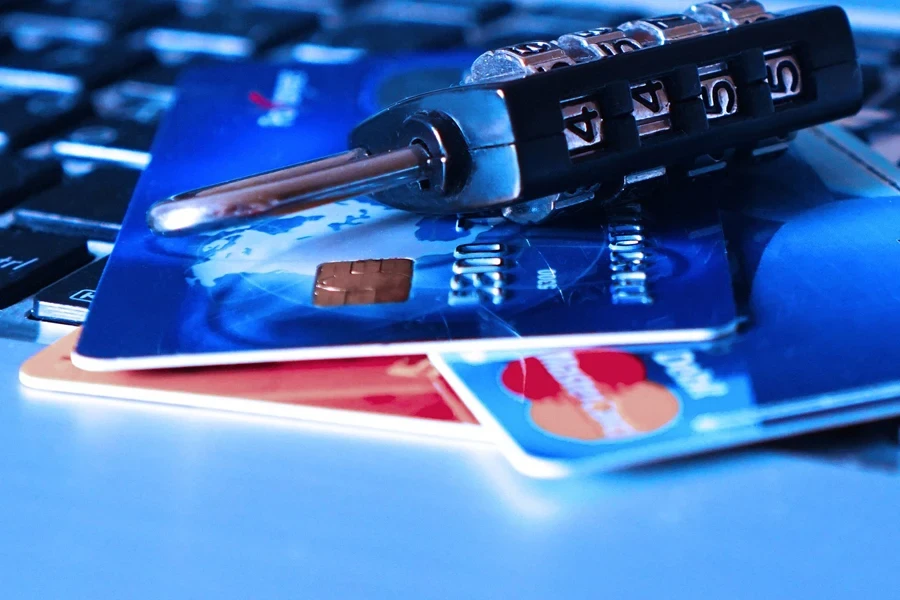
Another notable attribute of ID printers is their enhanced visual security features, such as holograms or watermark overlays, which provide an extra layer of protection against counterfeiting. Furthermore, two other less visually explicit security features include tactile impressors, which create raised, embossed designs, and UV printing elements, visible only under UV light when printers are equipped with UV-capable ribbons. These advanced security features can be particularly appealing for users creating access control cards, secure ID cards, and practically any cards with such additional security requirements.
A side benefit of incorporating these security features is that overlays or embossed designs often double as a form of lamination. With added overlays (an extra plastic layer), these features serve as both protective and security layers, protecting the printed cards from wear, fading, and scratches. Alternatively, card printers with built-in lamination modules can also offer such durability-enhancing features through the integrated process of lamination. Typically, the lamination-capable printer is available in higher-end models to ensure long-lasting durability for printed cards.
Connectivity and ease of use
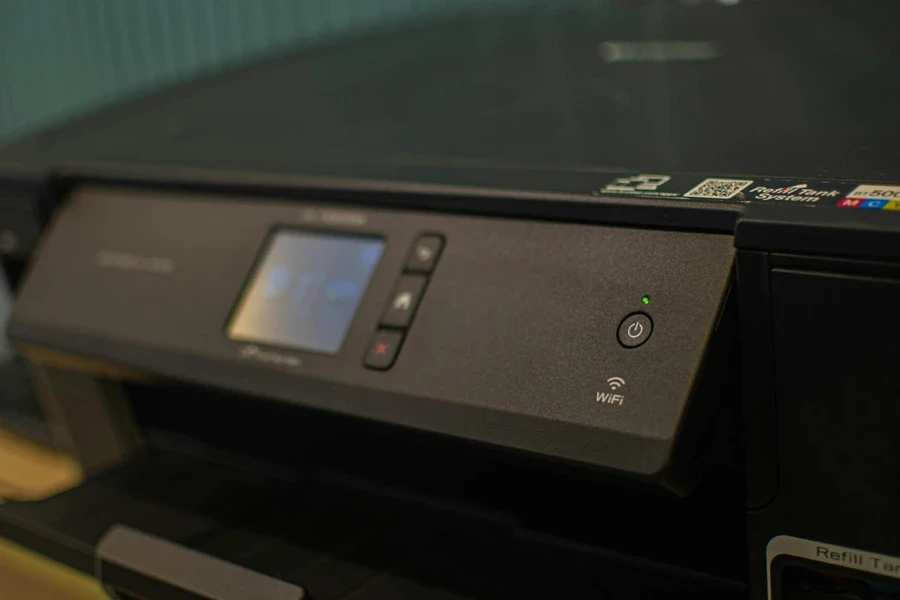
Beyond versatile features like upgradability and enhanced security solutions, network connectivity and multi-functional connectivity options are equally essential considerations for businesses, especially those with multi-user setups. Most card printers can connect via USB, Ethernet, or Wi-Fi, so it’s important for sellers to ensure that they carry printers that support these common connectivity options for user convenience and accessibility.
In addition to those, sellers may also want to focus on other user-friendly features in card printers to enhance appeal for their target market. Simple plug-and-play setup and modular designs for upgrades are some practical aspects sellers can offer to allow users to quickly set up and expand to advanced functions as needed.
At the same time, certain seemingly small but time-saving features, such as automated card feeding and flipping for streamlined dual-sided printing, as well as an easy ribbon cartridge loading system, simplify maintenance and reduce downtime. These features are all particularly useful when managing high-volume printers.
Top plastic card printers
Direct-to-Card (DTC) printers

Direct-to-Card (DTC) printers are one of the most widely used and commonly found basic types of plastic card printers available in the market now. Utilizing dye-sublimation printing technology, these card printers, sometimes also known as dye-sublimation card printers, print directly on the card for fast and reliable results. They are capable of meeting all the standard card printing needs and supplying a cost-effective solution for organizations with simpler, basic card printing requirements.
Other than basic types of Direct-to-Card printers, DTC printers include variants such as dual-sided Direct-to-Card printers and high-resolution DTC printers, which deliver enhanced image quality and resolution, ideal for applications like photo IDs or promotional materials where visual detail is a priority. There are also compact and mobile DTC printers designed for portability or to fit space-saving needs, suitable for on-the-go use or workplaces with space constraints.
Retransfer printers
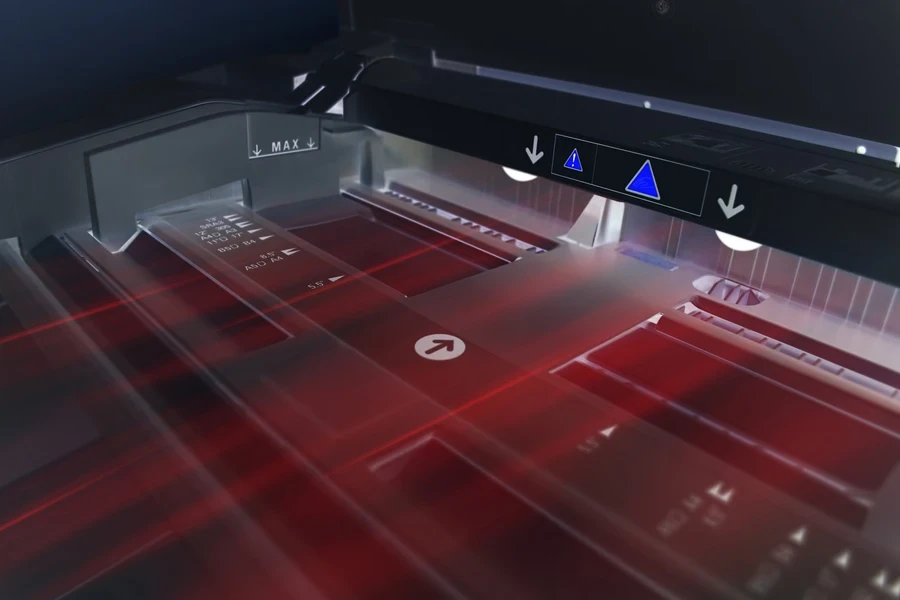
Reverse-transfer plastic card printers, often called retransfer card printers, refer to printers that print onto a separate film instead of directly onto the blank card. This printed film is then fused to the card using heat-transfer technology. The end result of retransfer printers is often a premium, borderless finish that appeals to its seamless aesthetic.
Retransfer printers don’t just deliver top-notch quality; they’re also equipped to print on uneven surfaces, making them ideal for smart cards with embedded technology. This versatility is why reverse-transfer card printers are often chosen in professional settings and by high-security organizations, despite their generally higher price point compared to Direct-to-Card (DTC) printers.
Reverse-transfer printers, similar to DTC models, come in a variety of configurations. Some are designed with lamination capabilities, while others offer encoding and advanced security features. Among these, high-resolution reverse-transfer printers with 600 DPI resolution are particularly prized for their ability to produce exceptionally sharp images, capturing intricate designs and fine details.
This is because a 600 DPI resolution is widely recognized as the pinnacle of print quality in card printing, bypassing any standard 300 DPI resolution, which simply meets the needs of basic ID cards and standard retransfer printers. High-resolution retransfer printers are ideal for applications that require high detail and precision, such as driver’s licenses or secure access cards, where accuracy is critical.
Inkjet card printers
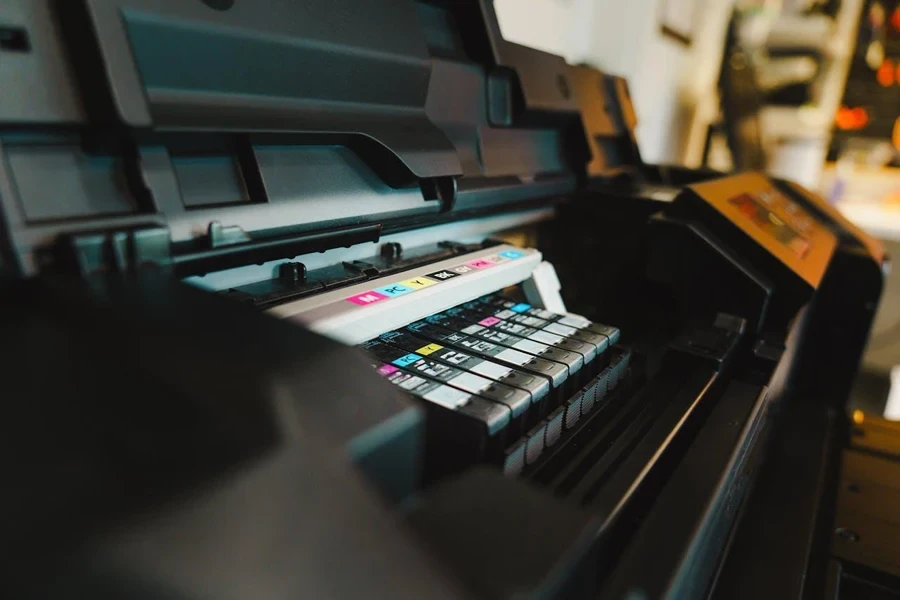
Inkjet ID card printers bring a fresh approach to card printing compared to the more established Direct-to-Card (DTC) and reverse-transfer printers. Instead of using the traditional ribbon system found in other printers, inkjet plastic card printers use “easy-to-install cartridges,” which means there’s no hassle with ribbon breaking or crinkling. This design makes inkjet printers much easier to handle and far more reliable for everyday use.
One of the most outstanding features of inkjet card printers is their ability to print crisp, borderless, high-quality images directly onto the card without needing a film layer. This feature gives them an edge over DTC printers when it comes to edgeless printing, while generally being more budget-friendly than retransfer models.
That said, it’s worth noting that inkjet card printers usually don’t include advanced encoding or security features, which makes them less suited for applications that require added security layers or custom encoding. But for fast, visually impressive cards, inkjet printers offer a perfect solution without the complexity.
Card printing done right

Plastic card printers are designed specifically to print on rigid cards and often come with optional features like data storage, encoding, and added security. These features are usually available as upgrades or as part of modular designs, which are a common setup for these printers. Because of this, it’s wise for sellers to stock a range of models to meet different budget needs. Upgradability is a big plus here; by offering modular designs or printers compatible with upgrade kits, you’re making sure customers can scale up as their business grows.
Currently, the three main types of plastic card printers on the market are Direct-to-Card (DTC) printers, retransfer printers, and inkjet printers—each bringing something unique to the table with its own advantages and specialized functions.
Looking for more ideas on product options or sourcing? Stay ahead with the latest trends in logistics and wholesale sourcing at Alibaba.com Reads. Regular updates ensure you’re always informed and running efficiently.




